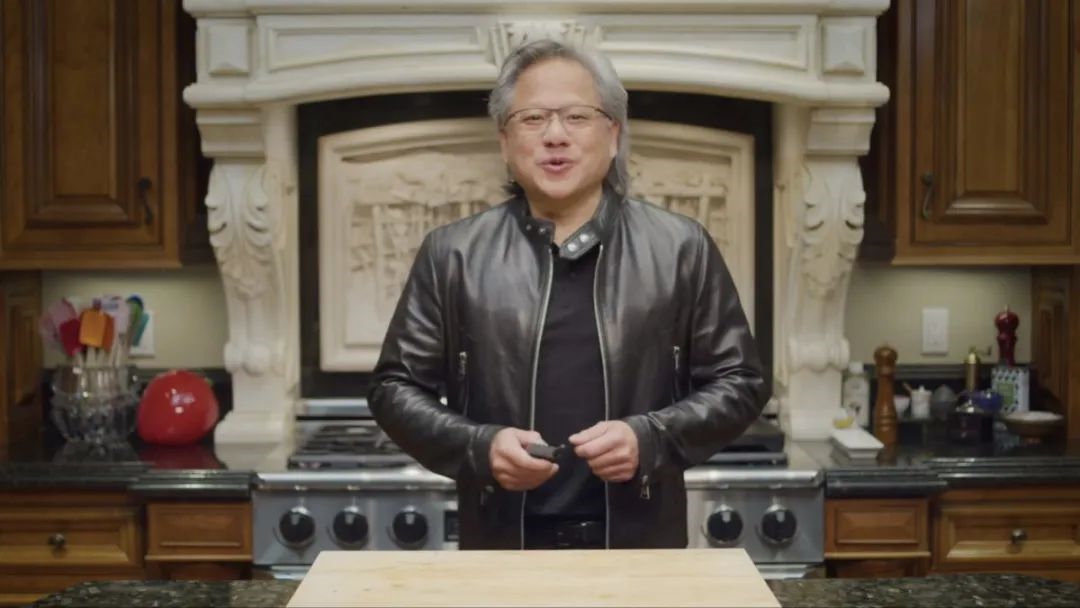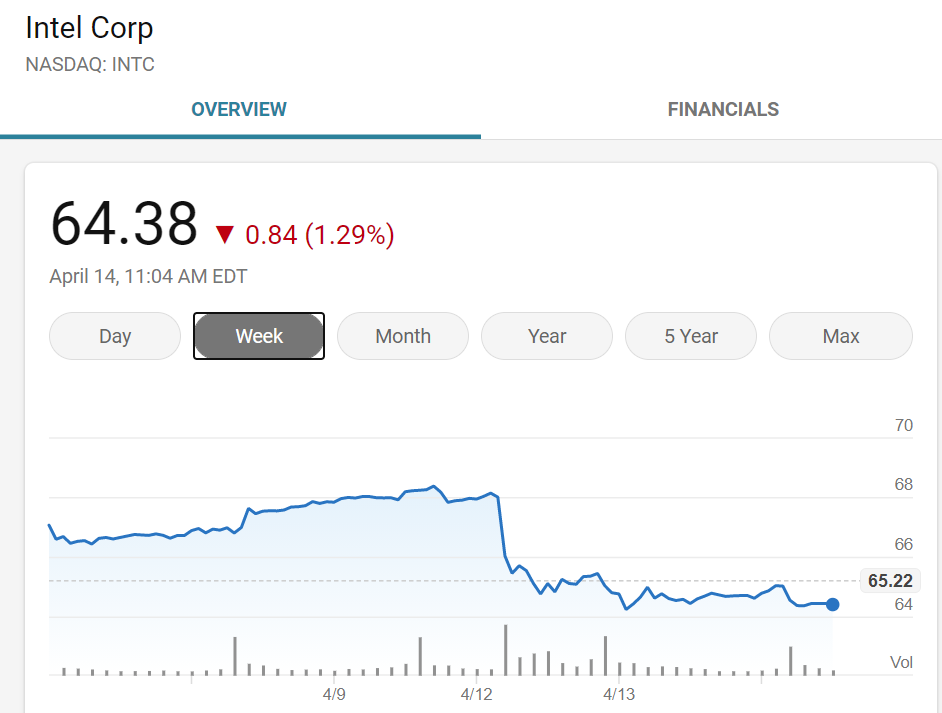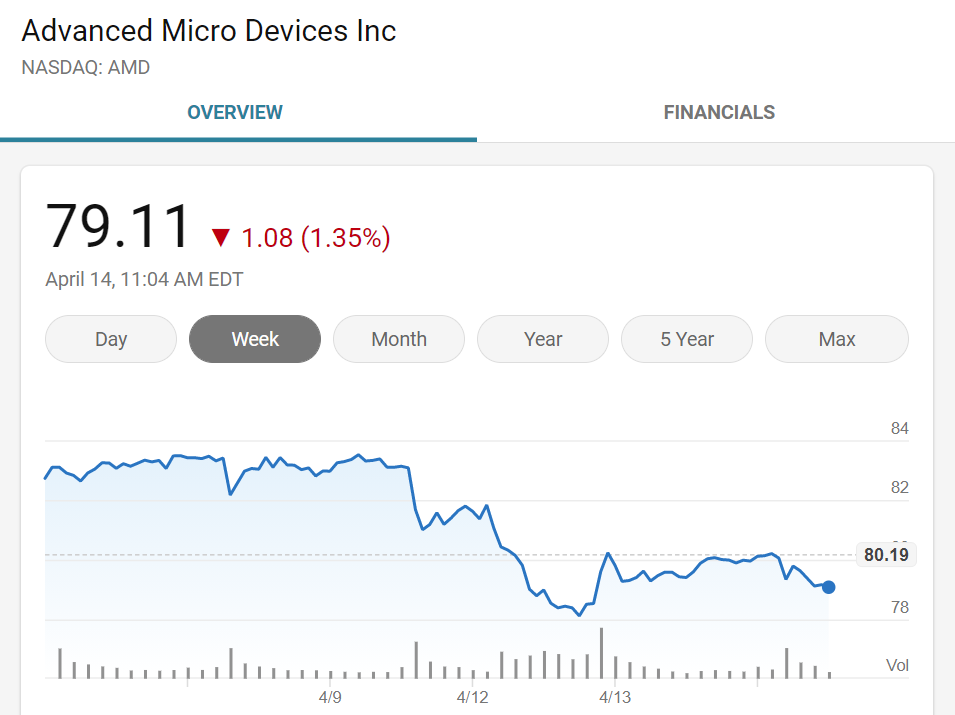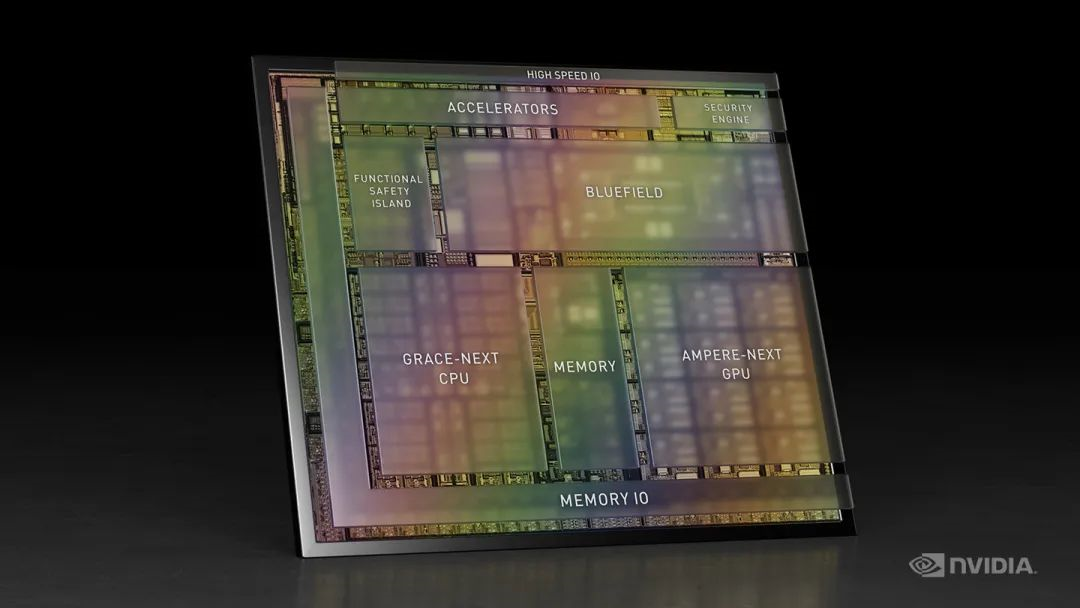Author: Yu Peng

Black leather jacket and long white hair.
At the 2021 GPU Technology Conference, Huang Jiaozhu’s unique dress style leads enterprise leaders to have a new open image trend.
Frankly speaking, if the background is not his own kitchen, with a pair of sunglasses on his nose, people may be more willing to believe that this guy in front of us will come out from the corner with the roar of a Harley engine.

As soon as NVIDIA announced the launch of ARM-based data center CPU, the stock prices of Intel, the “leader” in the processor field, and AMD, which has been in love and hate relationship with NVIDIA for many years in GPU and other businesses, immediately felt the acceleration of gravity:


On the other hand, the news brought by Huang Jiaozhu to the autonomous driving industry is also “explosive enough”:
The current orders of NVIDIA DRIVE autonomous driving car development platform have exceeded 8 billion U.S. dollars;
And the world’s first autonomous driving car SoC with computing power of up to 10 trillion operations per second (TOPS) level – NVIDIA DRIVE Atlan.

Use Bigger “Nuclear Bombs” to Surpass “Nuclear Bombs”, NVIDIA’s Next-Generation Autonomous Driving SoC – Atlan
“I have been making chips for decades, and I can tell you responsibly that the computing chip required for autonomous driving cars is the most complex”, Huang Jiaozhu declared passionately that NVIDIA Xavier is the most complex chip ever produced by humans.
 This scene took place at CES 2018 in January 2018.
This scene took place at CES 2018 in January 2018.
The newly released NVIDIA DRIVE Atlan is aimed at the next generation of AI autonomous driving cars SoC, with the most eye-catching data being its computing power reaching an unprecedented 1000TOPS – about four times that of the previous generation Orin processor. According to NVIDIA, this number exceeds the total computing power of most L5 autonomous taxis. Based on ARM architecture and with network speeds reaching 400 Gbps, Atlan is expected to be applied to car models by 2025.
In the official introduction, NVIDIA DRIVE Atlan, Orin and Xavier can all be programmed through open-source CUDA and TensorRT APIs and libraries. Therefore, developers can fully utilize their investment in multiple generations of products when building future autonomous driving vehicle production roadmaps.
Since the release of DRIVE PX with a computing power of 2TOPS in 2015, the computing power of the NVIDIA DRIVE autonomous driving platform has been rapidly iteratively improved.
Volvo began to leverage the high-performance and high-energy efficiency of NVIDIA DRIVE in 2016, developing AI-assisted driving functions for new models based on NVIDIA DRIVE Xavier, while software was autonomously developed by the autonomous driving software development company Zenseact under Volvo’s corporate umbrella.
Speaking of which, in Volvo’s latest advertisement, it revealed its ambitions:
We cannot speculate whether this is another marketing gimmick. But from both a macro and an industry perspective, its courage in intelligent and dynamic innovation is commendable. The industry has discussed “software-defined cars” for so long, and companies like Volvo are working together to implement this trend.
NVIDIA’s progress in the field of autonomous driving is inseparable from an ever-expanding “circle of friends”.# NVIDIA DRIVE Orin – the automatic driving car computing system chip for vehicle central computers, named after the first king of Atlantis in legends, will be put into production in 2022. The first model equipped with this chip, the new generation XC90, will be released next year, marking the deepening cooperation between Volvo and NVIDIA in more software-defined car models.
The requirements for artificial intelligence related to automotive technology are very demanding, and high collaboration is also required. To achieve rapid grounding, a more open mindset is needed to welcome different partners.
What we need to discuss and think about is never just the performance of single hardware on paper, and it still takes time to verify.

Although Atlan has up to 1000 TOPS computing power, 4 times that of Orin and more than 30 times that of Xavier. Here is a comparison: Tesla’s self-developed FSD single chip has about 72 TOPS. How to balance the improvement of performance with skyrocketing power consumption, and whether to consider Tesla’s liquid cooling system are problems that engineers need to consider.
Under the trend of software-defined cars, the important mission of hardware is still to provide higher redundant performance for software. For NVIDIA, providing high-performance hardware is its advantage, whether as a leading AI company in the industry or as a “full-stack computing platform company” in the CEO’s statement. The automotive business, as one of the routes with the highest growth rate among NVIDIA’s business, still receives considerable attention.
“Atlan integrates all the technologies of NVIDIA in the fields of AI, automotive, robotics, security, and BlueField security data centers, and can be called a technical miracle,” says CEO Huang in his Keynote.
The driver’s master who will no longer be absent – autonomous driving logistics transportation and passenger transportation scenarios
In early 2020, during the Spring Festival when the situation of the domestic COVID-19 was not yet clear, domestic e-commerce platforms and logistics companies joined forces to protect people’s disrupted sense of security with reassuring speed, which is still fresh in people’s memories.
According to CEO Huang, the shortage of transportation truck drivers in China has reached 4 million, which not only exceeds the sum of similar numbers in the USA and the EU, but also adds a “0” at the end.
With the booming development of Chinese e-commerce and logistics industries, this number will continue to soar.
Huang said that NVIDIA DRIVE platform can help fully autonomous driving trucks to drive safely and smoothly on specific areas, public roads, and highways.As China’s largest truck manufacturer, FAW Group has partnered with Plus.ai, a company focusing on commercial scale autonomous driving technology for transportation, to develop autonomous trucks using the NVIDIA DRIVE platform. These trucks are set to begin production in the later part of 2021 and will gradually be upgraded to the Orin chip in 2022.
Moreover, Volvo Group’s autonomous transportation solution business is also developing autonomous transportation solutions and the next generation of L4 autonomous driving trucks using the NVIDIA DRIVE end-to-end platform.
In response to this, Huang Jing, the founder of 42HOW, stated that “In addition to boasting impressive autonomous driving and AI technology, the vehicles will also become programmable platforms that can provide software-driven services, completely overturning the business model in the transportation industry.”
On the other hand, the number of miles completed in the form of transportation services is accounting for an increasingly large proportion of the tens of trillions of miles traveled annually worldwide, which is due to the relentless efforts of Robotaxi companies.
In the video, rolling out robotic taxis that have attracted renewed attention recently, Didi, Pony.ai, AutoX, and Amazon Zoox, among other unmanned vehicle companies, all appeared together at the event.
Huang Jing announced at GTC 2019 that he was using the NVIDIA DRIVE to help Didi train its own L4 autonomous driving car deep neural networks. By merging data from complex sensors such as cameras and lidars through multiple deep neural networks, the car achieves a comprehensive understanding of the surrounding 360-degree environment and plans a safe driving path.
Thinking of Uber, which just launched operations in major cities in China a few years ago, news of ride-hailing services being surrounded by organized taxi drivers from time to time kept surfacing online. Over the years, passenger transportation scenarios have gradually supported the extension of many city residents’ daily life.
Today, China is the world’s largest automobile sales market and also the market that attaches the greatest importance to automobile intelligence. Even if only a small number of unmanned taxis provide services, their significance is enormous. We all hope to enjoy a safe and comfortable riding experience, rather than being rejected by drivers in blazing hot streets or in the early hours of the morning under the influence of alcohol.
One cannot help but look forward to the future.
Conclusion
Apart from the boost in their own stock prices due to the release of this news, what else can we expect after Huang Jing’s high praise?For the already mature consumer hardware market, people still jokingly shout “AMD, yes!” and talk about it for a long time.
However, for the field of autonomous driving and its surroundings, as well as for those who have been paying attention for a long time, NVIDIA’s release at GTC 2021 means a transformation from technology to experience, which will be more noticeable:
- Cooperate with sensors and algorithms to achieve better spatial perception for vehicles;
- Bring faster response speed and lower decision latency to autonomous driving vehicles;
- Face complex road conditions with relatively safer and more reasonable driving decisions;
- …
We believe that no potential users will refuse to trust a driving experience that is “as smooth as silk” and a “veteran driver” who can make quick judgments in critical situations.
Of course, we all know that the innovation in the field of autonomous driving and artificial intelligence applications cannot be achieved by relying on a single SoC, a single enterprise, or a single industry. The road ahead is uncertain but inevitable.
If we compare the transformation from technology to actual experience to a growing and increasingly full bucket of water, at least we can see that NVIDIA is striving to become the highest wooden board at the forefront for the current and a long period of time to come.
This article is a translation by ChatGPT of a Chinese report from 42HOW. If you have any questions about it, please email bd@42how.com.